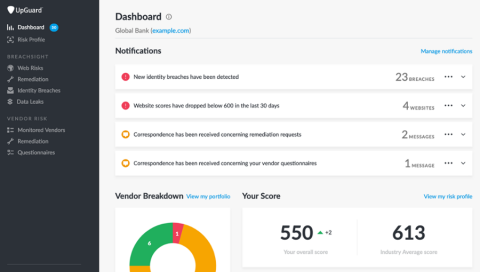What is Risk Exception
A business wants to hire a vendor. However, this vendor does not meet policy standards and has requested an exception. The question you face is whether or not to approve or deny that exception request. What’s good for business sometimes comes with added risk. In fact, many incidents are the direct result of a policy violation. For risk management, and business needs, maybe the answer isn’t a simple yay or nay but a more nuanced approach.





